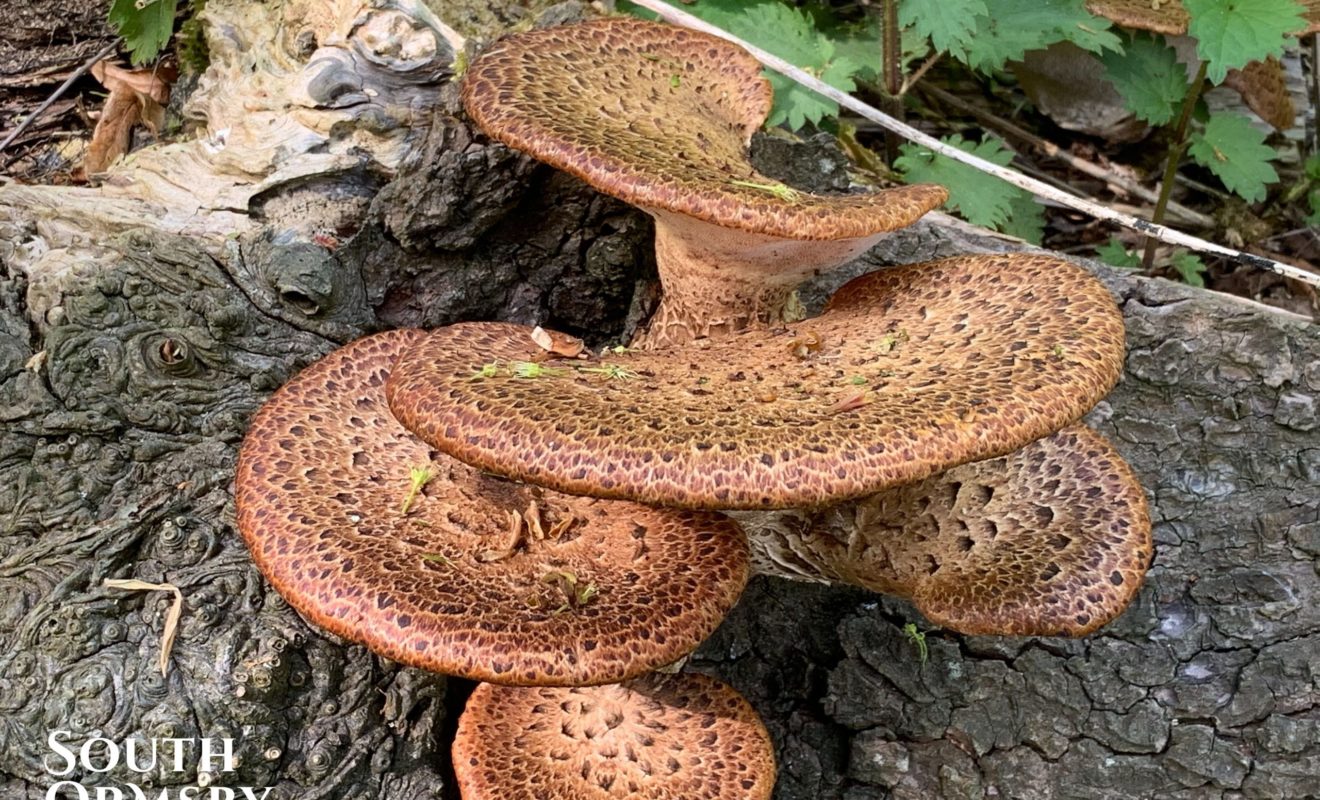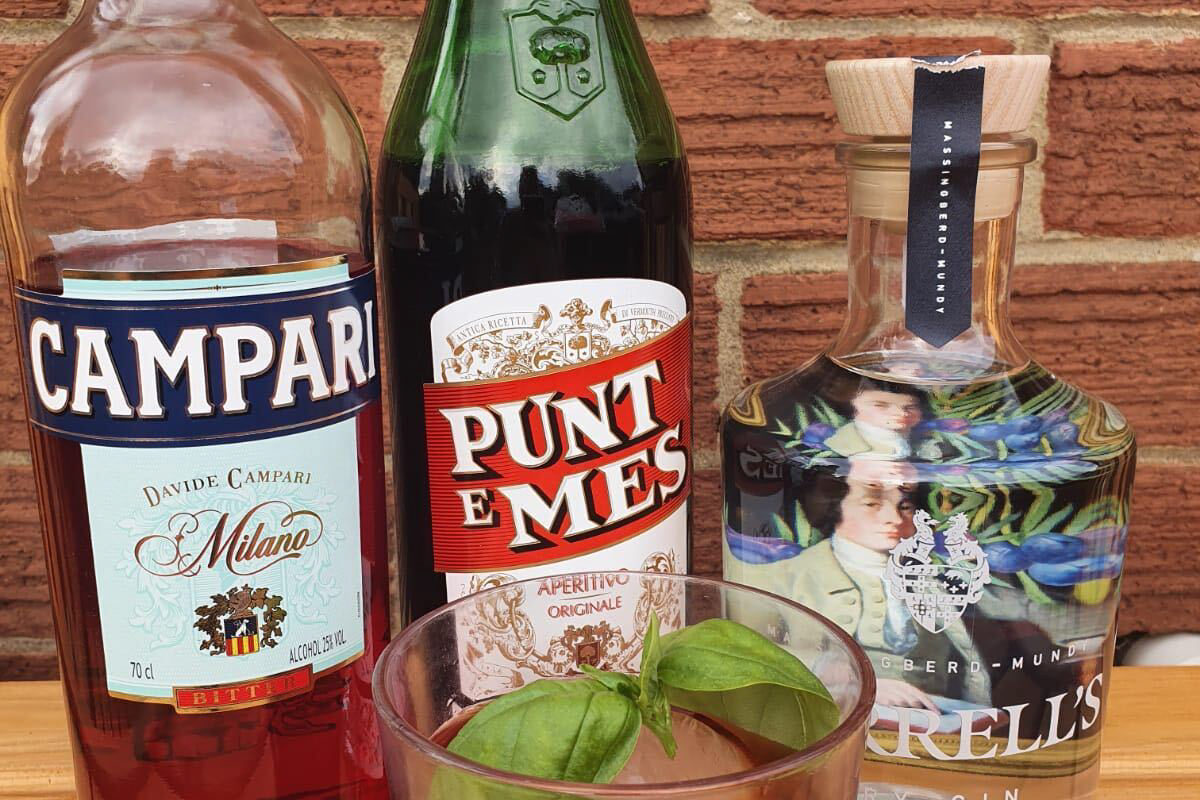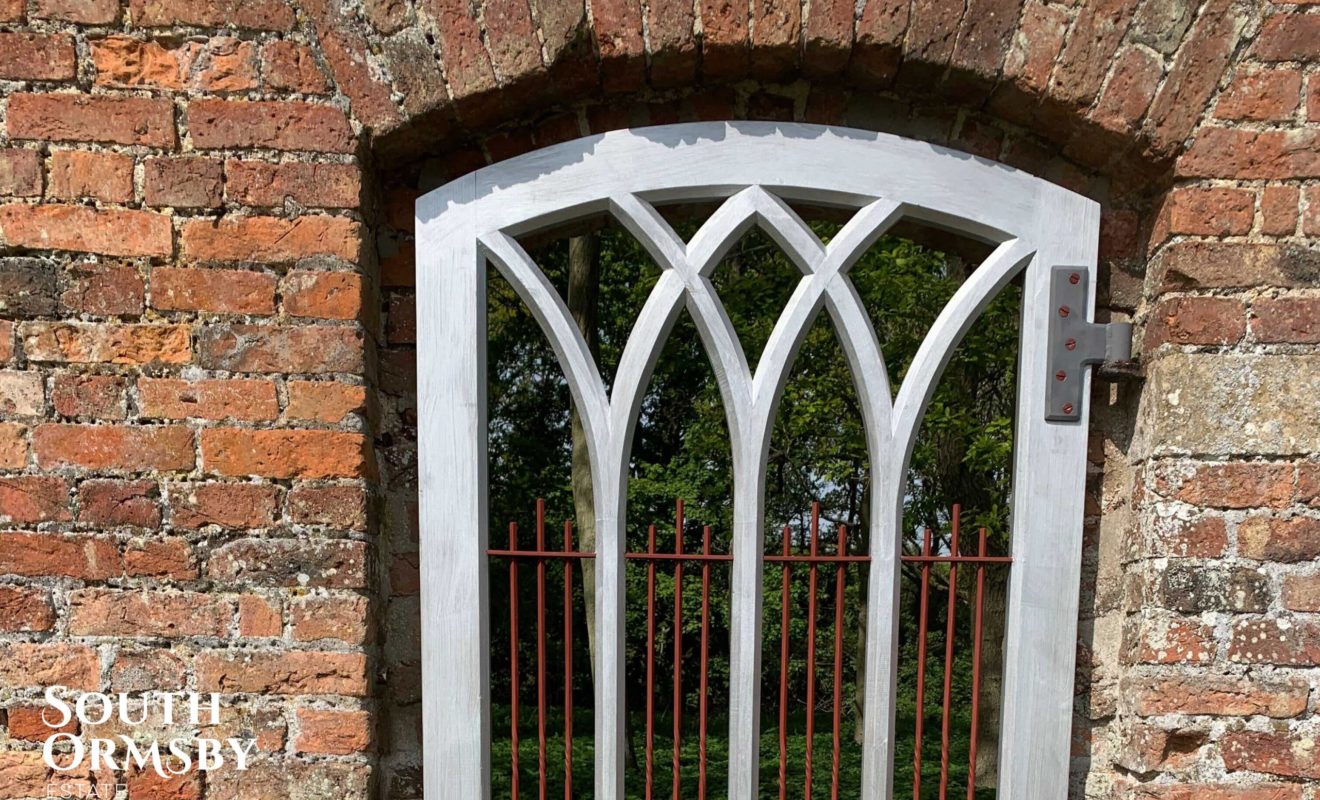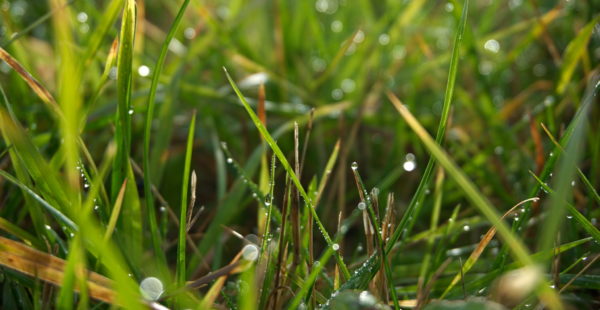A Week on the Estate: Frosty Mornings, Italian Cocktails & Gothic Details
Weather in the Lincolnshire Wolds should never be too predictable, and this week we saw a minor cold spell and a rare May frost. Overall, however, fine weather persisted and the hard work continued.
The unseasonable touch of frost may have prompted Tristan’s apple tree to shed its blossom, but the potatoes in the Walled Garden were well insulated by a layer of yew clippings. On Lime Tree Walk, a variety of fungi are flourishing on rotting wood, giving us some fascinating colours and textures.








